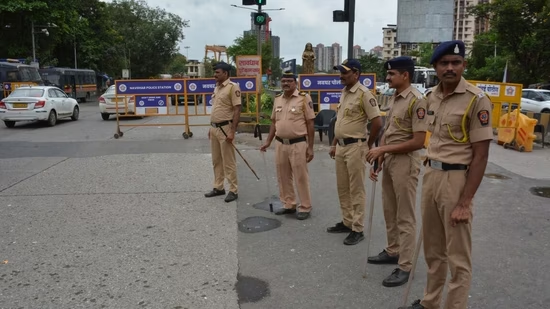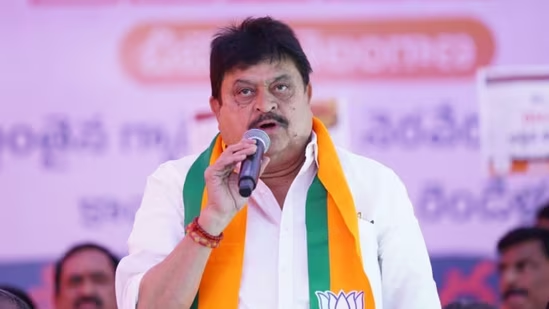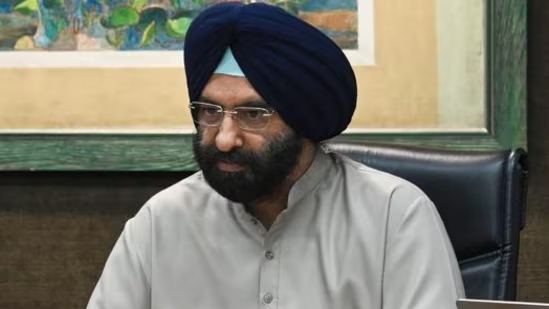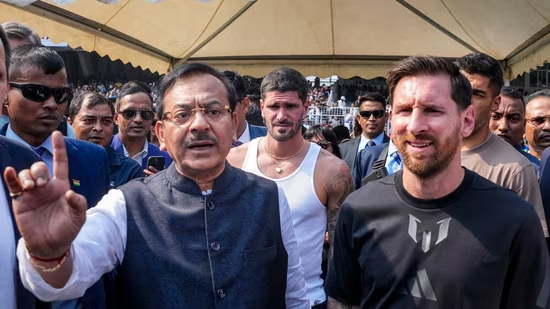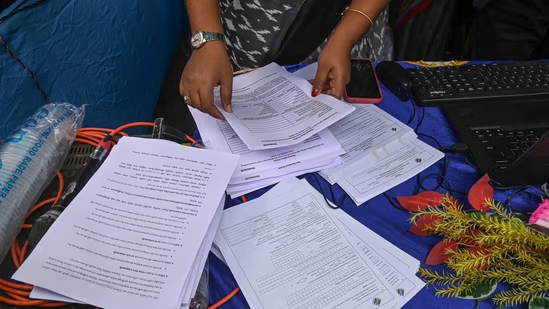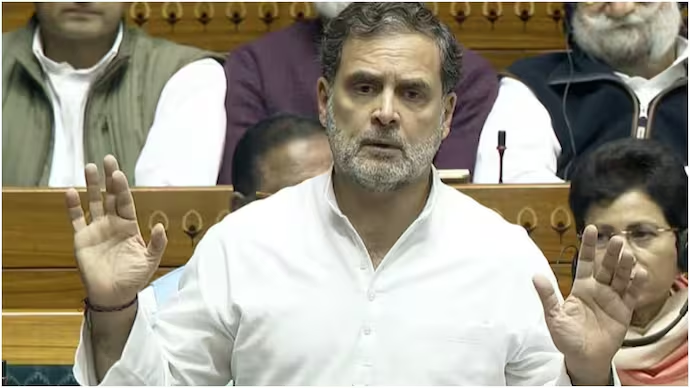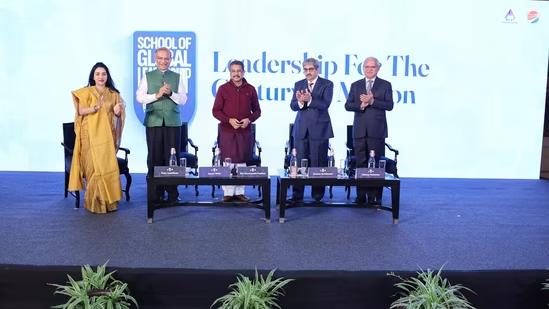President Of India Election 2022: Today the results of the presidential election will also be decided through this electoral college. Let us understand, what is this Electoral College and how is the value of the vote of an MP or MLA determined? What is the method to find out which candidate has won during the counting of votes.
Presidential election results will be out today. NDA candidate Draupadi Murmu will win or opposition’s Yashwant Sinha, it will be decided today. However, the one word you will hear again and again today is the Electoral College. How important this word is, it can be understood from the fact that today the results of the presidential election will also be decided through this electoral college. Let us understand, what is this Electoral College and how is the value of the vote of an MP or MLA determined? After all, what is the method to find out which candidate has won during the counting of votes.
President of India Election: Electoral College
The members of Lok Sabha, Rajya Sabha and MLAs of all states cast their votes in the election of the President. The importance of each of these votes is different. Even the value of vote of an MLA of different state is different. The value of an MP’s vote is 700. At the same time, the value of the vote of MLAs depends on the population of that state and the number of seats. Electoral College is the sum total of the value of votes of MPs and MLAs. In both the candidates, the one who gets 51 percent of the votes of this Electoral College will be the winner.
Presidential Election 2022: Number of voters this time
The members of Lok Sabha, Rajya Sabha and State Legislative Assemblies cast their votes in the Presidential elections. Of the 245-member Rajya Sabha, 233 MPs were allowed to vote (nominated MPs could not vote). With this, 543 members of the Lok Sabha were allowed to vote. Apart from this, a total of more than 4 thousand MLAs of all the states had the right to vote. In this way, the total number of voters in the presidential election was 4 thousand 796. However, the value of their votes varied.
President of India Election: Vote Value of State Legislators
The maximum vote value of an MLA from the country’s most populous state, Uttar Pradesh, was 208. At the same time, after this, the value of the vote of one MLA from Jharkhand and Tamil Nadu was 176 and that of one MLA from Maharashtra was 175. The value of the vote of an MLA from Bihar was 173. The least value was that of the Sikkim MLAs. The value of vote of an MLA here was 7. After this the number comes from the MLAs of Arunachal and Mizoram. The value of vote of an MLA here was 8.
President of India Election: Vote Value of MPs
The cost of one vote of Rajya Sabha and Lok Sabha members was 700. The number of members in both the houses is 776. In this sense, the value of all the votes of MPs is 5,43,200. Now if we look at the total value of the votes of the members of the assembly and the MPs, then it becomes 10 lakh 86 thousand 431. Meaning that in the presidential election, maximum votes of such value could be cast.
President of India Election: Why Cost of A Vote Vary
The population of each state and union territory is different. In this election, the value of each vote is decided according to the population of the state and the total number of assembly seats there. This is done so that every vote truly represents the people. This value of votes is not decided on the basis of population of the current or last census. For this the population of 1971 has been made the basis. The basis of the census in the presidential election will change after the census to be held after 2,026. That is, after the publication of the census data of 2031, the value of the vote of MPs and MLAs will be decided on the basis of the census of 2031 instead of 1971.
President of India Election: Easy Mathematics
The way of determining the value of both MP and MLA is different. The value of an MLA’s vote is determined by a simple formula. First of all, take the population of that state according to the 1971 census. After this, multiply the number of MLAs of that state by thousand. The number obtained when multiplied is divided by the total population. The result that comes is the value of the vote of an MLA of that state. It can be understood with an example. Like in 1971 the total population of Uttar Pradesh was 8,38,49,905. There are total 403 assembly seats in the state. Multiplying total seats by 1000 we get 403000. Now we divide 8,38,49,905 by 403000 then we get 208.06 answer. Votes cannot be in decimal, thus the value of vote of an MLA of Uttar Pradesh is 208. Now let’s talk about the value of votes of MPs. The vote value of all the MLAs is added to arrive at the value of the vote of the MPs. The number that comes when added is divided by the total number of MPs of Rajya Sabha and Lok Sabha. That is the value of the vote of an MP. For example, the total value of votes of 403 MLAs of Uttar Pradesh is 208*403 i.e. 83,824.
Similarly, the sum of the vote value of all the MLAs across the country is 543,231. The total of 233 MPs of Rajya Sabha and 543 of Lok Sabha is 776. Now dividing 5,43,231 by 776 gives us 700.03. Thus the value of a vote of an MP is 700. The total vote of MLAs and MPs together is called the ‘Electoral College’. This number is 10,86,431. The candidate who receives more than half of this number i.e. 5,43,216 votes will be declared the winner of the presidential election.




